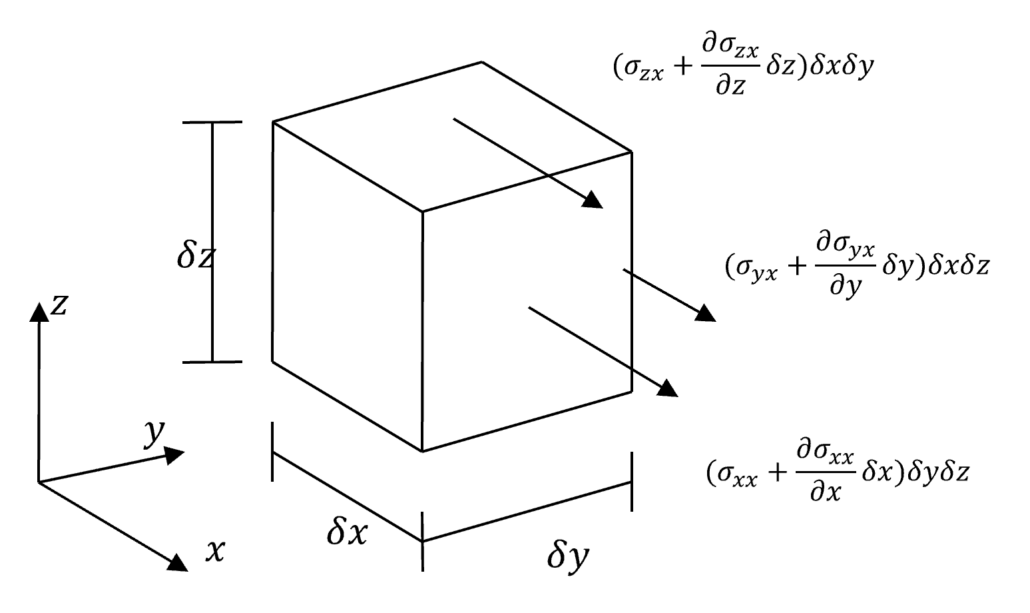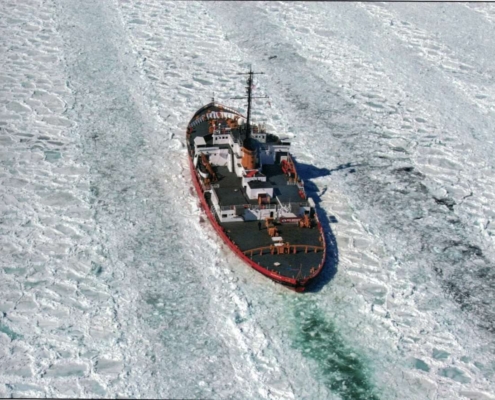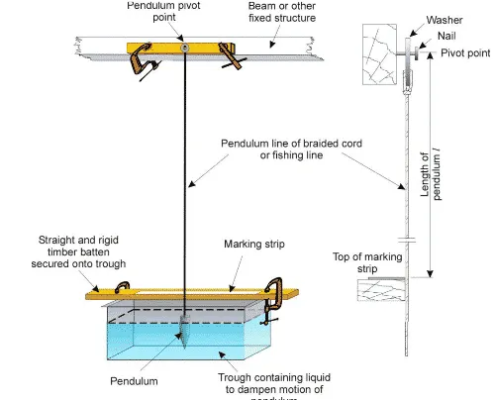The Navier Stokes equation was a major victory for mathematics of fluid mechanics. That defined the fundamental mathematics for fluid motion. Couple this with three other sets of equations and get the four sets of information required to completely define everything about a fluid flow in a domain:
- Navier Stokes Equation
- Equation of Continuity
- Any thermodynamic relationships
- Boundary conditions
In practical terms, the equation of continuity specifies that fluid cannot simply disappear or pop into existence. It can change in density, expand and contract, but there are no wormholes in conventional fluid flow.
The thermodynamic relationships address those changes in density, reactions to heat, temperature, etc. They also include buoyancy effects.
And the boundary conditions specify the limits of our domain. They help us solve the differential equations. In practical terms: Imagine a glass fruit bowl filled with deep blue water. The glass containing the water is a boundary condition. That containment gets expressed as a math equation.
Solve these four sets of equations, and you know everything about that fluid flow, which is an incredibly impressive achievement.














